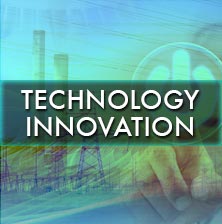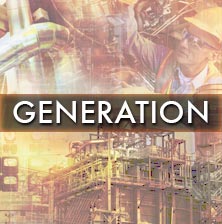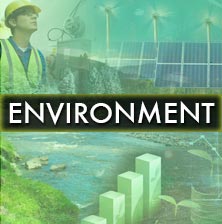The following is a small selection of items recently published by EPRI. To view complete lists of your company-funded research reports, updates, software, training announcements, and other program deliverables, log in at www.epri.com and go to Program Cockpits.

EPRI’s new Digital Worker Innovation Hub provides a platform for collaboration among various EPRI research efforts on power industry applications for mobile tablets, holographic headsets, augmented and virtual reality, smart glasses, advanced personnel sensors, wearable computers, and more.

This educational tool for the public displays measurements from solar energy systems, house loads, and a battery energy storage system deployed at a residential demonstration site in Florida.

This research evaluates the potential for microwave inspection of dielectric materials such as fiberglass components on wind turbine blades and above-ground storage tanks and high-density polyethylene piping in power plants.

This report reviews the literature on grid-scale battery applications and the potential for chemical exposures. It identifies exposure data that could help inform life cycle analyses and risk assessment.

This report presents two case studies of utilities that have transitioned their power plants to mobile work management solutions. It identifies best practices through interviews with plant executives and staff.

New generation capacity investments may last for more than 60 years, and significant market and policy changes may occur during this period. This research investigates how future climate policy and natural gas price uncertainty may influence today’s generation portfolio.

Drinking water treatment plants must balance the application of disinfectants (to reduce disease risk) with the potential formation of toxic disinfection byproducts. This report models the formation of these products under various scenarios and evaluates nine treatment alternatives to comply with federal regulations.

This guidance for electric power companies describes current compensatory mitigation methods for impacts to federally listed tree roosting bat species. (Mitigation is a requirement of the federal Endangered Species Act that involves avoiding, minimizing, and compensating for impacts on natural resources.)

Mitigation (avoiding, minimizing, and compensating for impacts on natural resources) is a requirement of the federal Endangered Species Act. Compensatory mitigation is a component of mitigation that occurs after project impacts have been avoided and minimized. This report discusses the regulatory background for compensatory mitigation and summarizes standard practices and tools to quantify impacts and mitigation.

This field study at a Tennessee facility examined the use of guided waves on the hot side of water wall boiler tubes to find anomalies on the cold side.

As a result of growing variable energy sources, more independent system operators, transmission operators, and balancing authorities have modified system reserve requirements. This report discusses these changes.

This report documents enhancements EPRI made to two system restoration decision-support tools: System Restoration Navigator and Optimal Blackstart Capability.